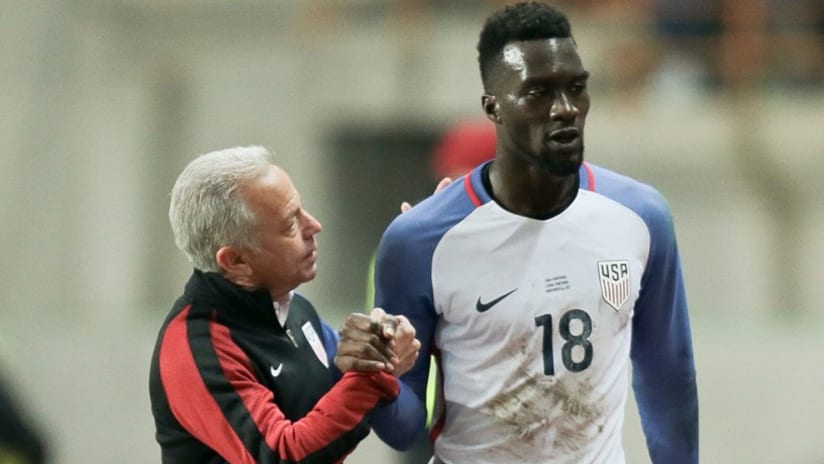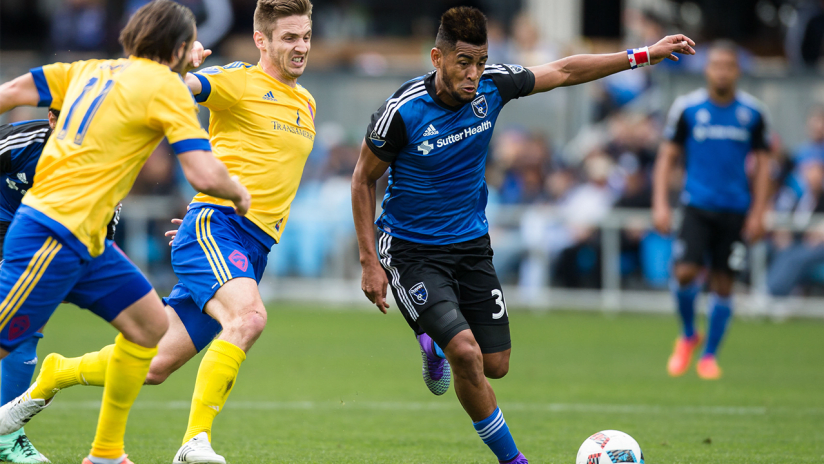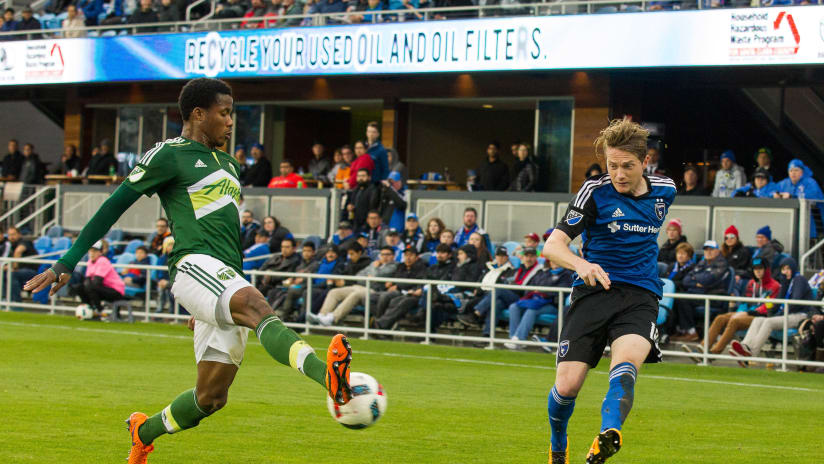Fans pile into Major League Soccer stadiums by the thousands to support local clubs in their search for supremacy. But it wasn’t that long ago that their clubs, and the league as a whole, were not around.
At the tail end of 1993, MLS was founded as part of the United States’ successful campaign to host the 1994 FIFA World Cup. The 10 teams, which played primarily in professional and collegiate football stadiums, prepared to kickoff the ’96 season after dividing U.S. National Team players and internationals among the squads.
The San Jose Clash featured numerous household names, including defenders John Doyle and Troy Dayak, midfielders Paul Bravo, Jeff Baicher, Ramiro Corrales and Eddie Lewis, and forwards Eric Wynalda and Missael Espinoza, under the leadership of head coach Laurie Calloway. Wynalda recorded 10 goals and a team-high 13 assists, while Bravo notched a team-best 13 scores.
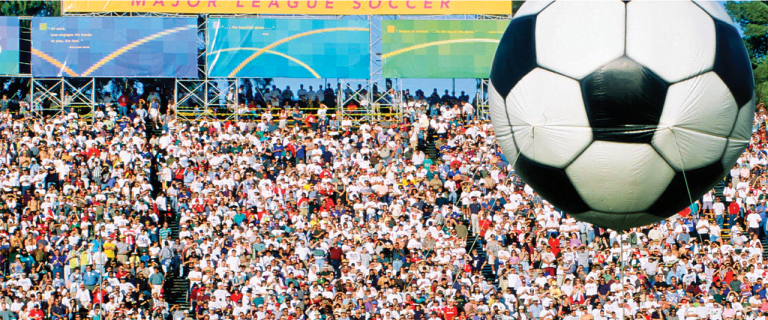
More than 31,000 fans witnessed the Clash host D.C. United at Spartan Stadium on April 6, 1996 in the league’s inaugural match. Wynalda tallied the match’s lone goal and Doyle, the eventual MLS Defender of the Year, helped keep a clean sheet. Wynalda’s strike was later recognized as the 1996 Goal of the Year.
The 32-game season was a success, drawing an average of over 17,000 fans per match. Rivalries were started and memories were made during the league’s inaugural year, culminating in D.C. United claiming the first-ever MLS Cup.
Today, the league features 20 clubs, with plans to add four more by 2020. In 2015, MLS clubs drew more than 21,000 fans per game, setting a new league record.
The Earthquakes, which rebranded from the Clash after the 1999 season, are a prime example of how far the league has come in 20 years. Gone are the days of being a tenant in someone else’s home – the Quakes now play matches at Avaya Stadium, the team’s very own, privately-financed $100 million venue, capable of comfortably packing in 18,000 fans. The club also hosts one of the United States’ largest annual soccer events, drawing 50,000+ fans to Stanford Stadium as part of the California Clasico against the LA Galaxy.
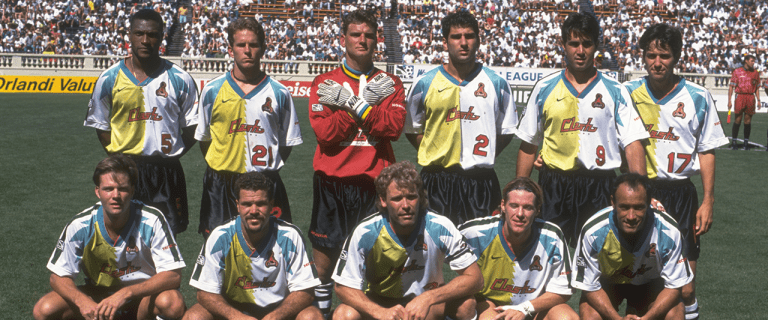
Television and radio coverage have both taken off, with nationally broadcast matches every weekend. The league has continued to make expanded media access part of its culture, allowing fans to see more than ever before.
If the past 20 years are any indication, Major League Soccer will continue to ascend up the ranks of the top American sports leagues in the coming years. Let’s see what the next two decades have in store.


